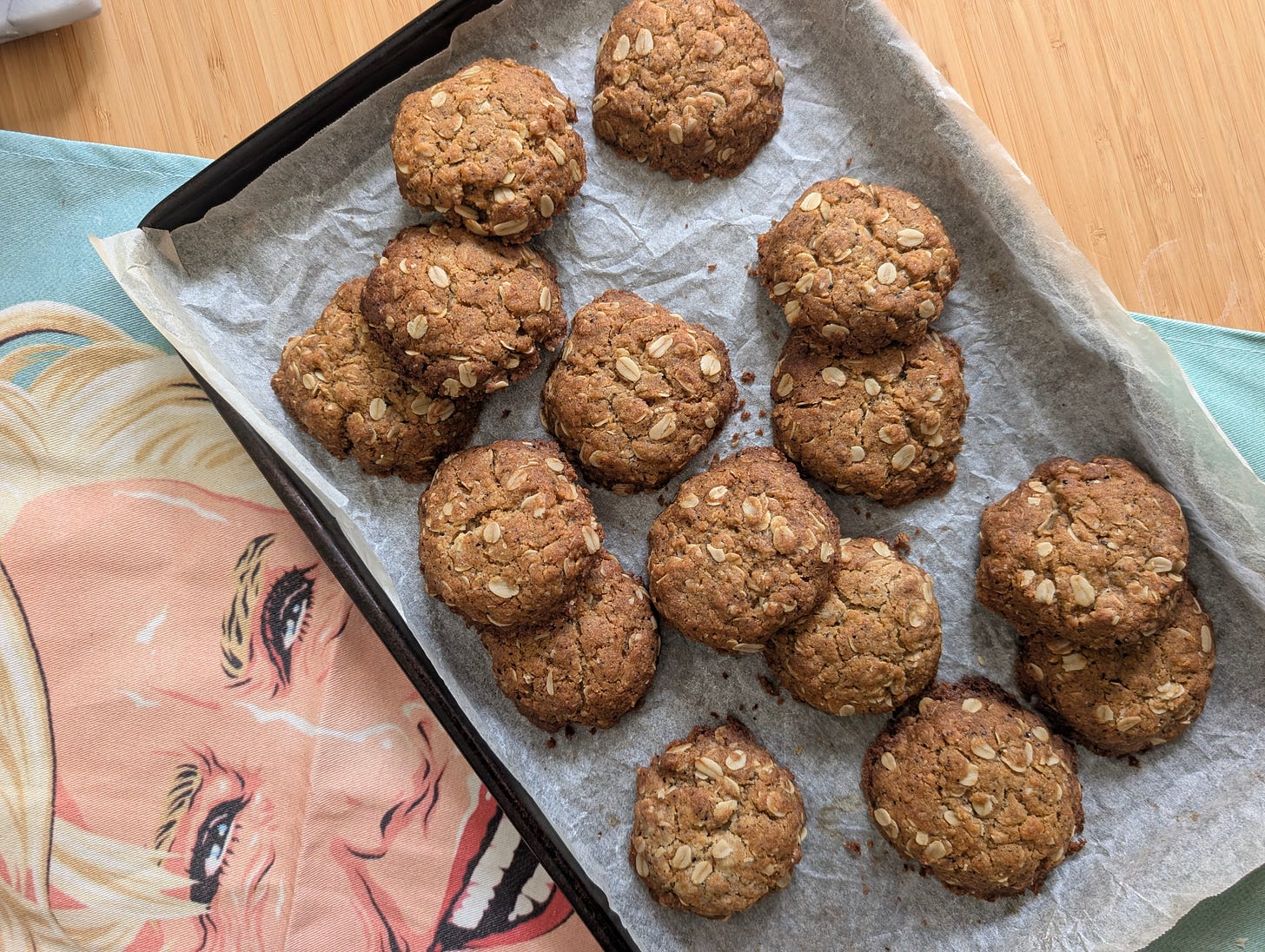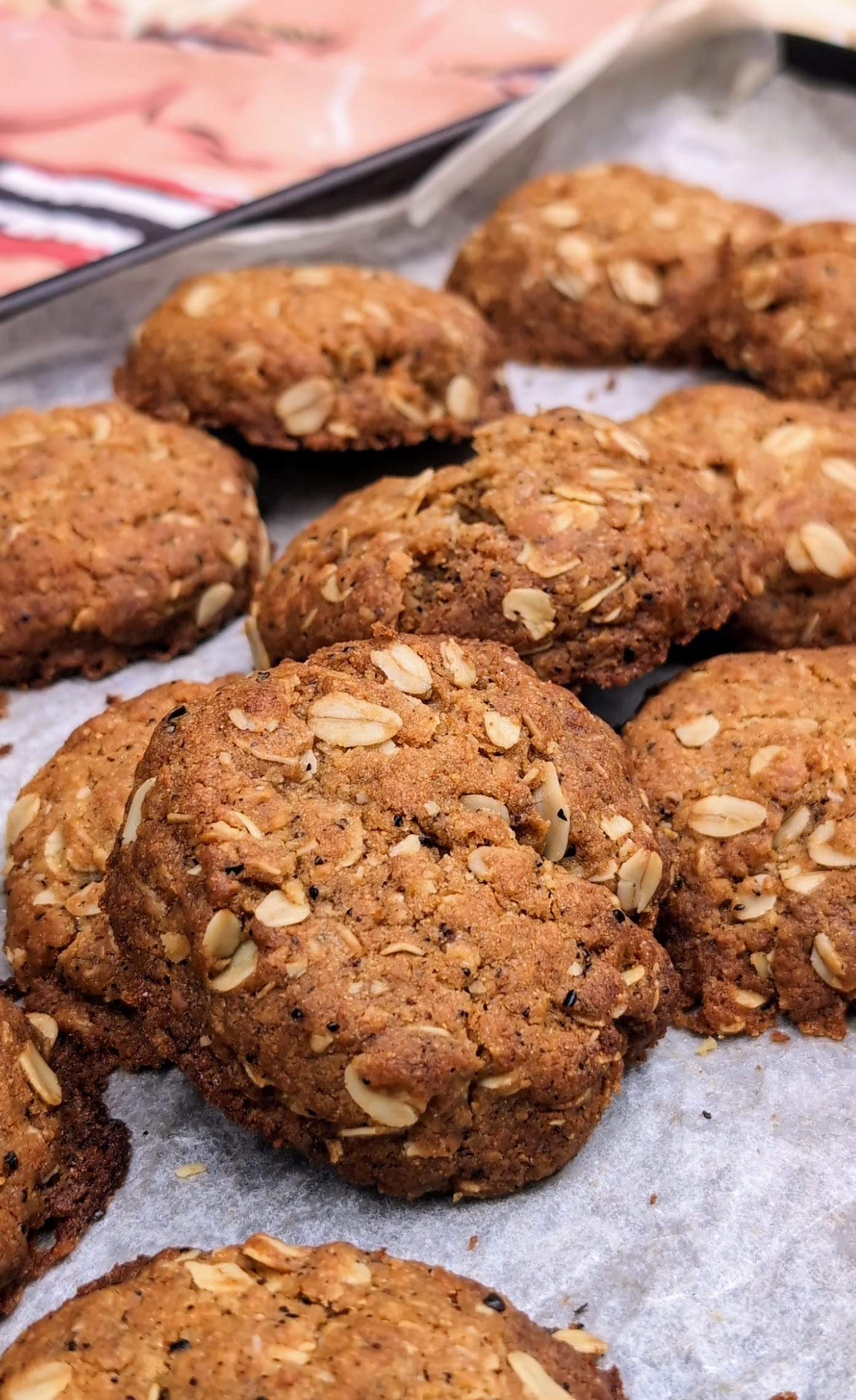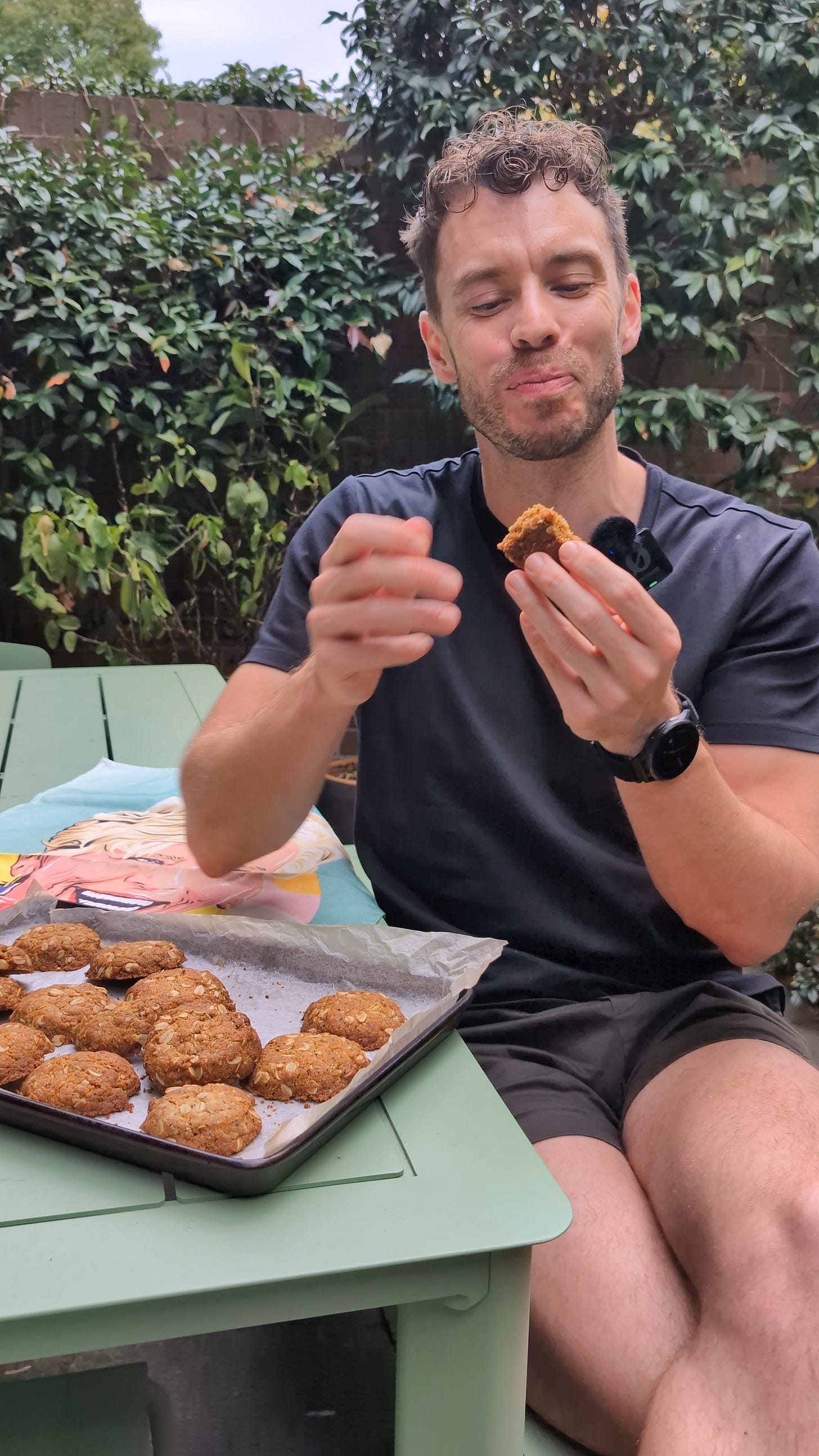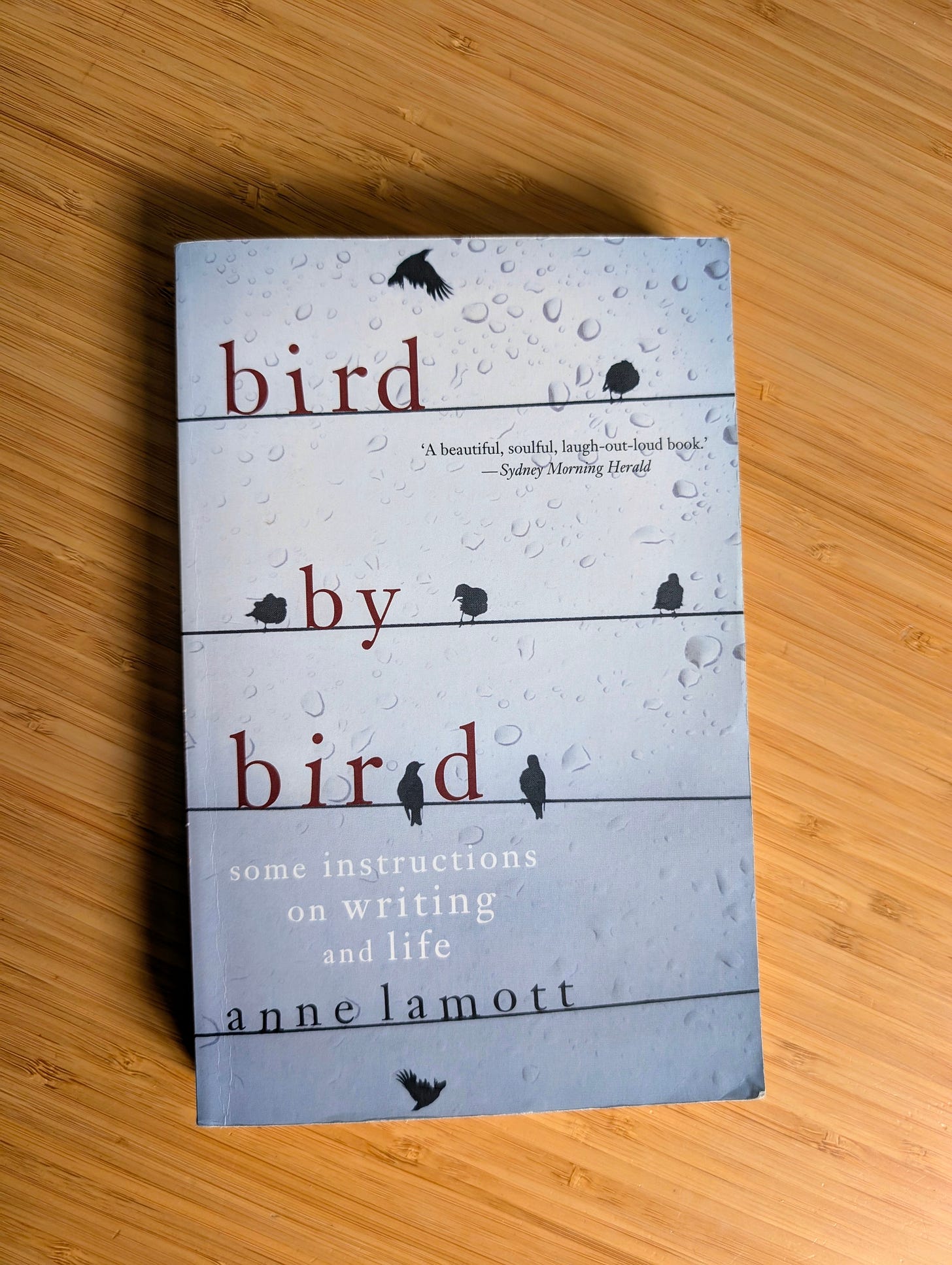Introducing ANZAC Biscuits with Wattleseed
An Australian twist on an Australian classic, plus some musings on the dreaded writer's block.
Hello there, stranger!
I know it’s been a while since I’ve put digital ink to paper, but I’m very glad to be back! If you’re interested in my musings on writer’s block – or what I’ve renamed the creator’s void – feel free to read on beyond past the delicious recipe I know you’re here for.
But first, let’s celebrate a bake that holds a revered place in Australian culture - the ANZAC biscuit. Like the pavlova, it’s one of those classic bakes that is a timeless part of the Australian zeitgeist. I’m endlessly fascinated by the rituals and myths that surround the world’s most treasured bakes. Being Australian, the ANZAC biscuit (never a ‘cookie’) is one that I’ve carried with me from the moment I had one of Mum’s ANZACs as a kid.
Most Australians will know the legend of the ANZAC biscuit well - women baking these biscuits and posting them to their husbands fighting overseas during WW1. And while this story is only somewhat true (biscuits were sent from home to soldiers, but they were nothing like the delicious creations we have today), the myth of the ANZAC biscuit is an important and treasured part of Australia’s identity. It represents so much to so many, whether that be commemorating the biscuit’s namesake day (ANZAC Day, 25 April), the women who supported troops at war, or simply the act of baking something for the ones you love.
Eternal debates over ‘crispy or chewy’ and ‘flat or chunky’ biscuits aside, for me, what defines ANZAC biscuits as fundamental to Australian culture is that, despite the textural squabbles, these biscuits are one thing that most Australians embrace. In a world that’s fracturing a little more each day, like cracks creeping across an icefield, it’s often food that unites us. That teaches us. That nourishes our collective souls.
Recipe – ANZAC Biscuits with Wattleseed
If you’re looking for an Australian twist on an Australian classic, you’ve come to the right place! And if you’ve not come across wattleseed before, you’re in for a real treat. It’s a native Australian bush food traditionally used in Aboriginal cuisine, often ground into flour for damper. When it’s roasted and ground, wattleseed has an intoxicating aroma, which while reminiscent of coffee and chocolate, is distinctly its own. If you’re not lucky enough to live near a spice store or specialty foods store, there are many online stores that sell wattleseed, including my favourite purveyors of spices - Herbies and Gewurzhaus.
The wattleseed flavour is front and centre in these biscuits, and it marries so beautifully with the classic ANZAC flavours you know and love. These biscuits are also a real treat for the texture-philes out there, with their crispy edges, chewy middle and slightly chunky body. It’s the mix of sugars that helps achieve this texture balance. While the caster sugar helps with the crispiness, the brown sugar adds to the chewiness, as well as lending rich flavours to the molasses-y chorus led by the golden syrup.
Do watch the bake time carefully on these. In my oven, 16 minutes gave me the bake that resulted in my preferred textures. Your oven will be different (as may your texture preferences!) so use the bake time as a guide, and trust your intuition on when the biscuits are baked.
Inspiration for the recipe that follows was sparked by this traditional and flawless recipe from my friends Darren Purchese and Cath Claringbold over at Studio Kitchen.
Ingredients
175g plain flour
115g rolled oats
60g desiccated coconut
60g caster sugar
60g brown sugar
½ teaspoon salt
1 tablespoon wattleseed
60g golden syrup
160g unsalted butter
½ teaspoon bicarb soda
1 tablespoon of boiling water
Method
Preheat your oven to 180 degrees Celsius (fan-forced), and line two baking trays with baking paper.
In a medium bowl, mix the flour, oats, coconut, sugars, salt, and wattleseed together and set aside.
Place the butter and golden syrup in a small saucepan, and melt over medium-low heat, stirring continuously. Once melted, continue heating until the mixture starts to bubble and then remove it from the heat. Mix the bicarb and boiling water together in a small bowl, and then pour into the melted butter and mix immediately. This mix will fizz up like a high-school science experiment, so please do be careful!
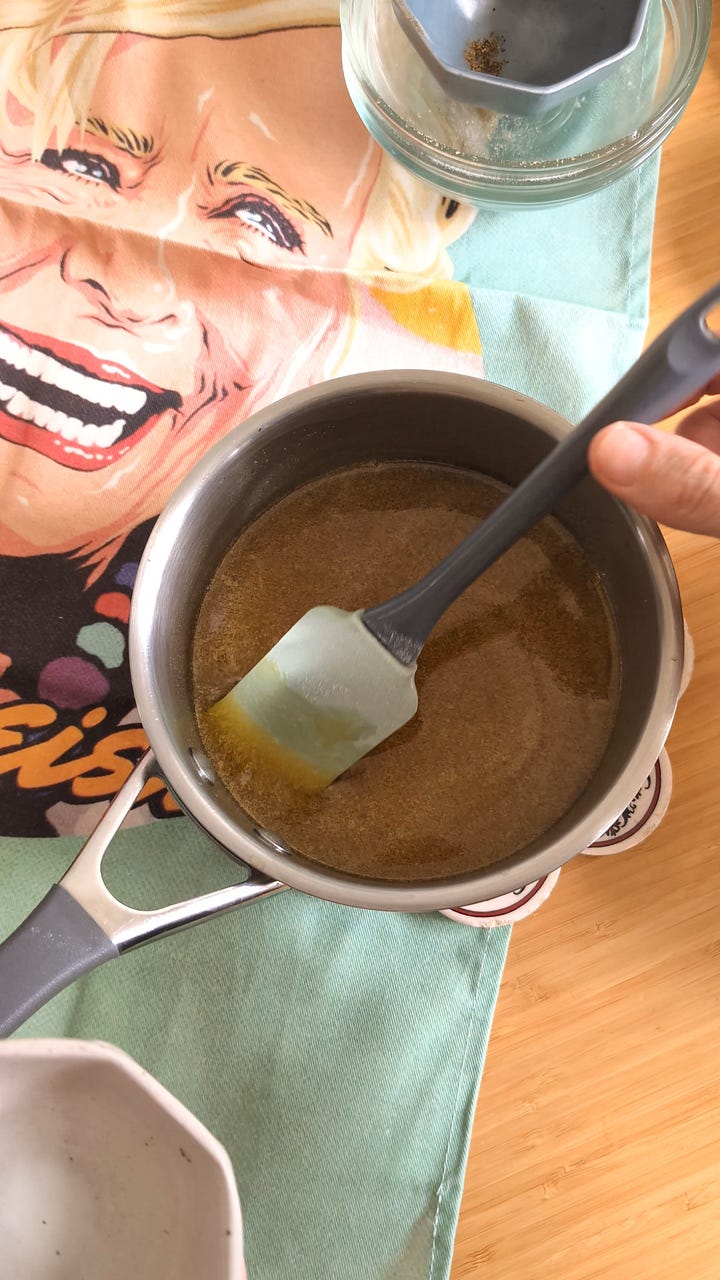
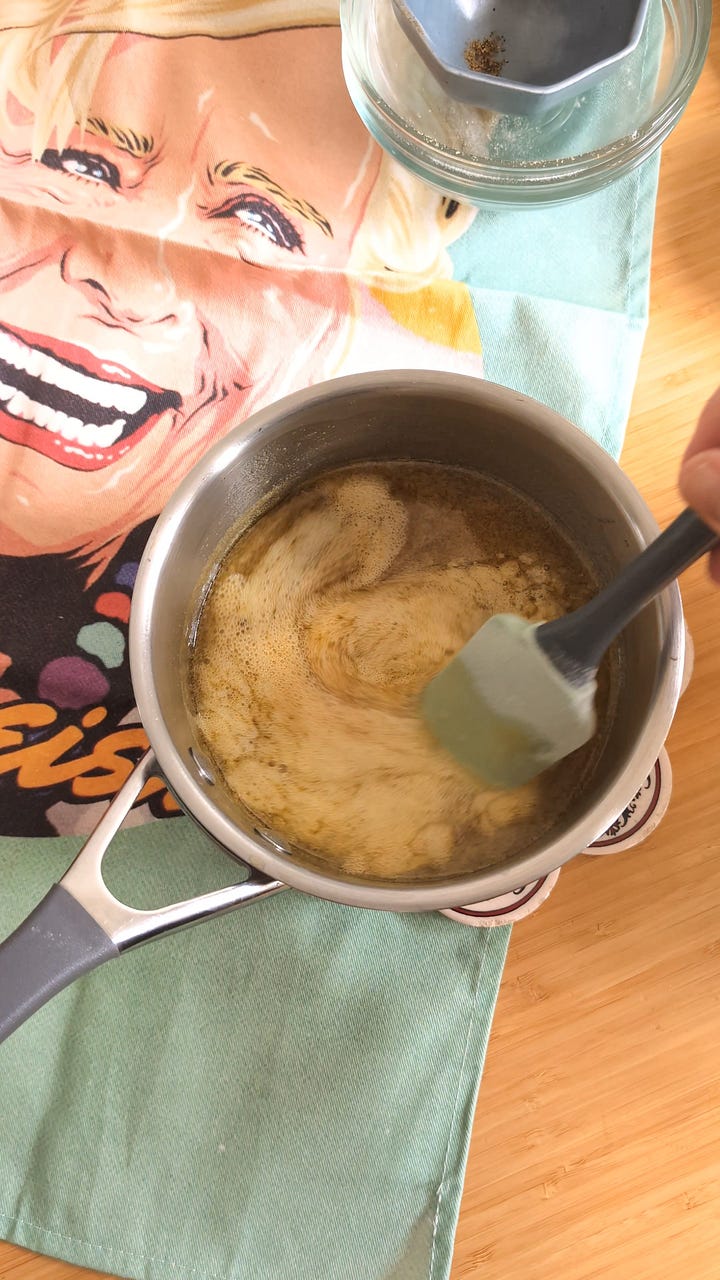
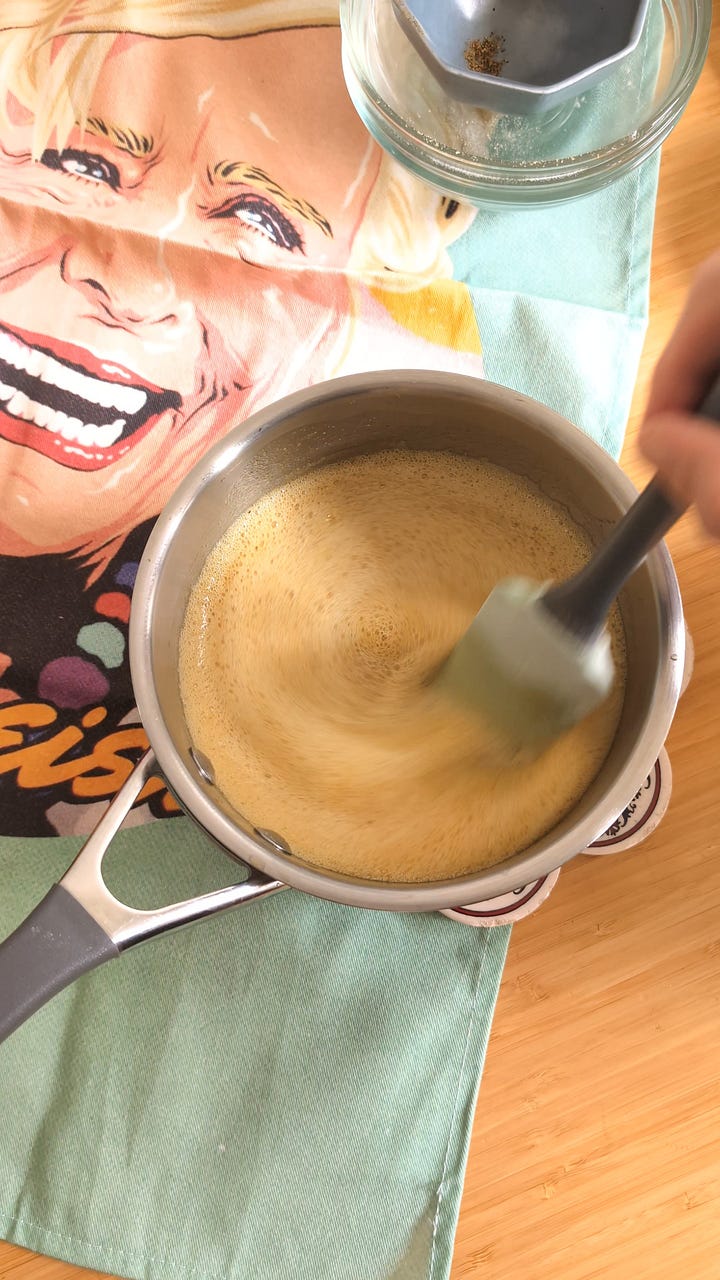
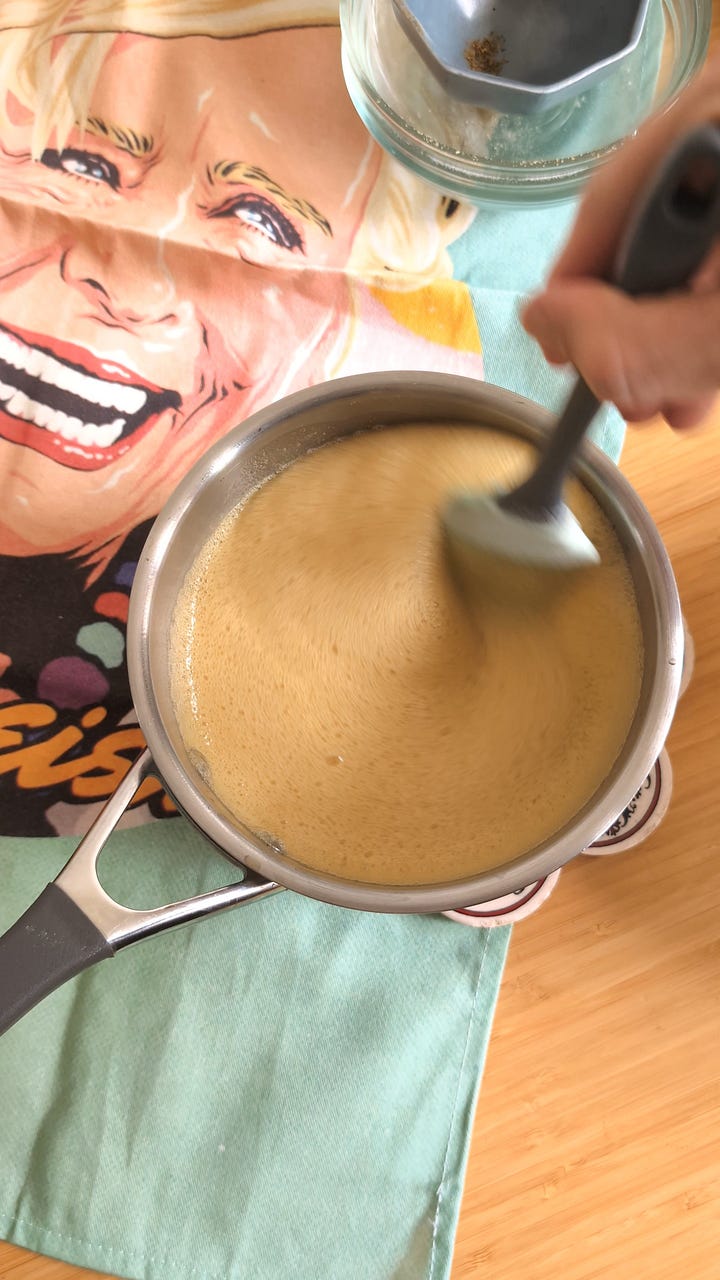
Pour the fizzed-up butter into the dry ingredients and mix until completely combined. Take tablespoon-sized amounts of the biscuit mix, roll into balls, and then flatten into tight little rissole shapes and place on the prepared trays, leaving 3-4 cm between each biscuit. Continue until you’ve used the entire mix, which should make you 16-18 biscuits.
Bake for 15-17 minutes, rotating the trays halfway through, until golden brown and crispy on the edges. Leave them in longer if you prefer a crunchier ANZAC.
Leave to cool on the tray before enjoying with a cup of tea. These will keep in an airtight container for at least five days.
Filling the creator’s void
I hope this short musing doesn’t come across as too self-indulgent. However, I wanted to share my experience on the off chance you may be facing (or have faced) a similar situation and can relate.
To start, I’ve labelled this ‘creator’s void’ rather than ‘writer’s block’ because it’s both more dramatic and more accurate. It wasn’t just my ability to string words together that had been compromised. My drive to bake and create disappeared, replaced by an empty space. There were several weeks where any recipe I tried would fail. Collapsed cakes. Terrible textures. I couldn’t even live up to my podcast’s famous ‘no soggy bottom guarantee!’
The dreaded creator’s void had paid me an unannounced visit and simply refused to leave. I felt like Side Show Bob continuously stepping on those infamous rakes.
It's a strange and unpleasant feeling, desperately wanting to do things you love, yet your brain and the universe have other plans. Ever since I embraced baking as a fundamental part of who I am, I’ve not experienced an inability to conjure up something sweet and delicious. But over the last few months, I’d look at the pantry and see only static. I’d open my laptop to stare at the impatient cursor on my blank Word document, mocking me with its melodic blinking.
Eventually, I turned to one of the most insightful books I’ve ever read – Bird by Bird – Some Instructions on Writing and Life, by Anne Lamott. It’s a must-read for anyone looking to develop their writing, and indeed, their life skills. In it, there is a chapter on writer’s block. Across the chapter’s six pages, there’s one line that struck me like a wet fish to the cheek.
“The word ‘block’ suggests you are constipated or stuck, when the truth is that you’re empty.” Anne goes on to say, “The problem is acceptance, which is something we’re taught not to do. We’re taught to improve uncomfortable situations, to change things, alleviate unpleasant feelings. But if you accept the reality that you have been given – that you’re not in a creative period – you’re free yourself to begin filling up again.”
Anne was right. While my life is beautifully full, my creativity was empty. I had drained my creative tank instead of nurturing it. So, I’ve spent the last little while filling up the tank. I baked excellent recipes from people I admire, with no pressure to create my own. I read. I observed. I lived life, without the expectation of finding inspiration in every moment.
And you know what? The void reduced, replaced by the beginnings of ideas and sparks of excitement. Today when I looked in the pantry there was no static. It had been replaced with the joy for baking that had been swallowed by the void.
In my first Substack post, I wrote about the “little writer in the corner of my mind…patiently waiting for his time in spotlight.” That little guy is more than a writer – he’s a creator who just needed some time to recharge out of the spotlight. Much like you and me, every now and then.
Stay sweet
Adam x



